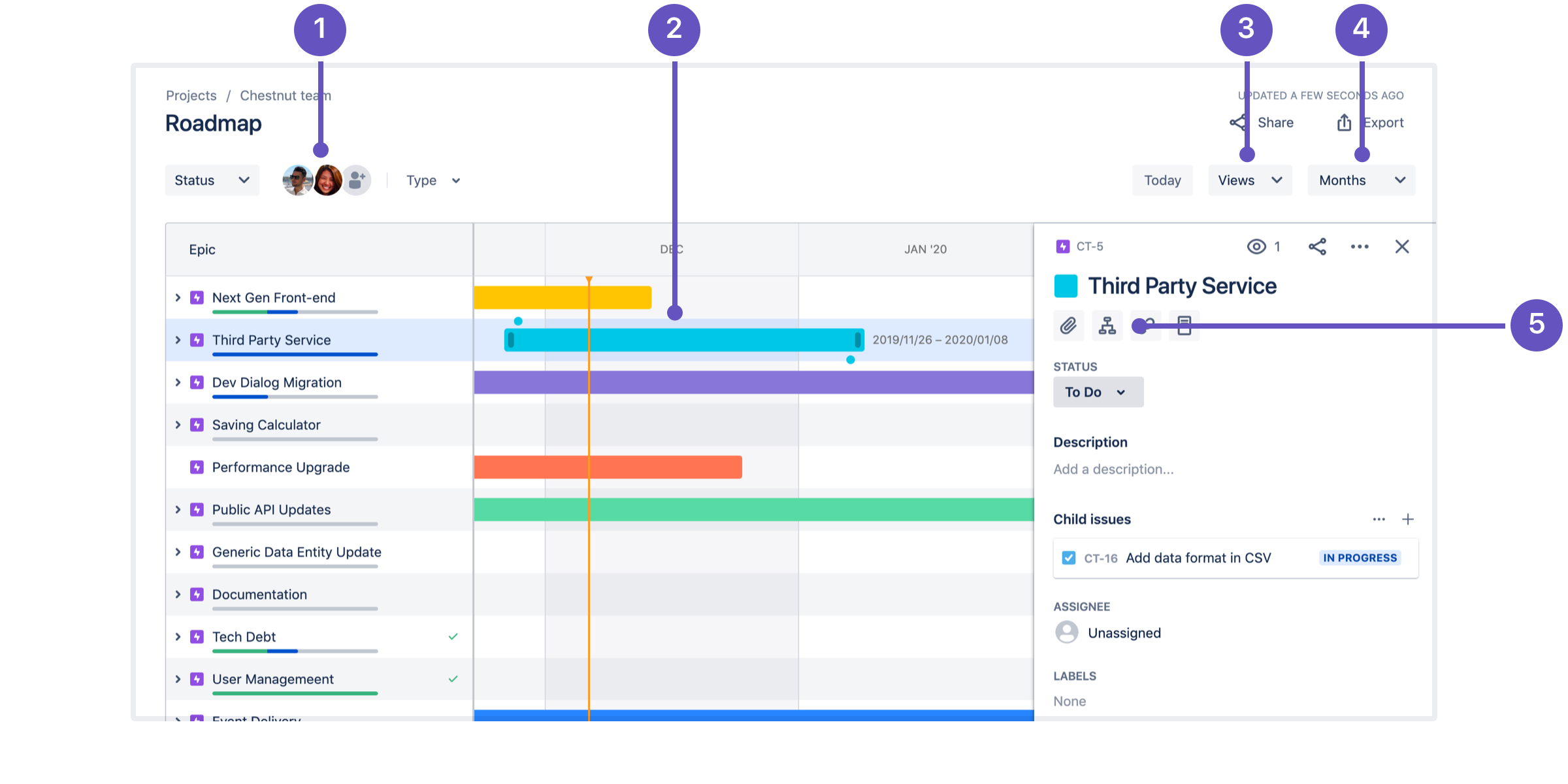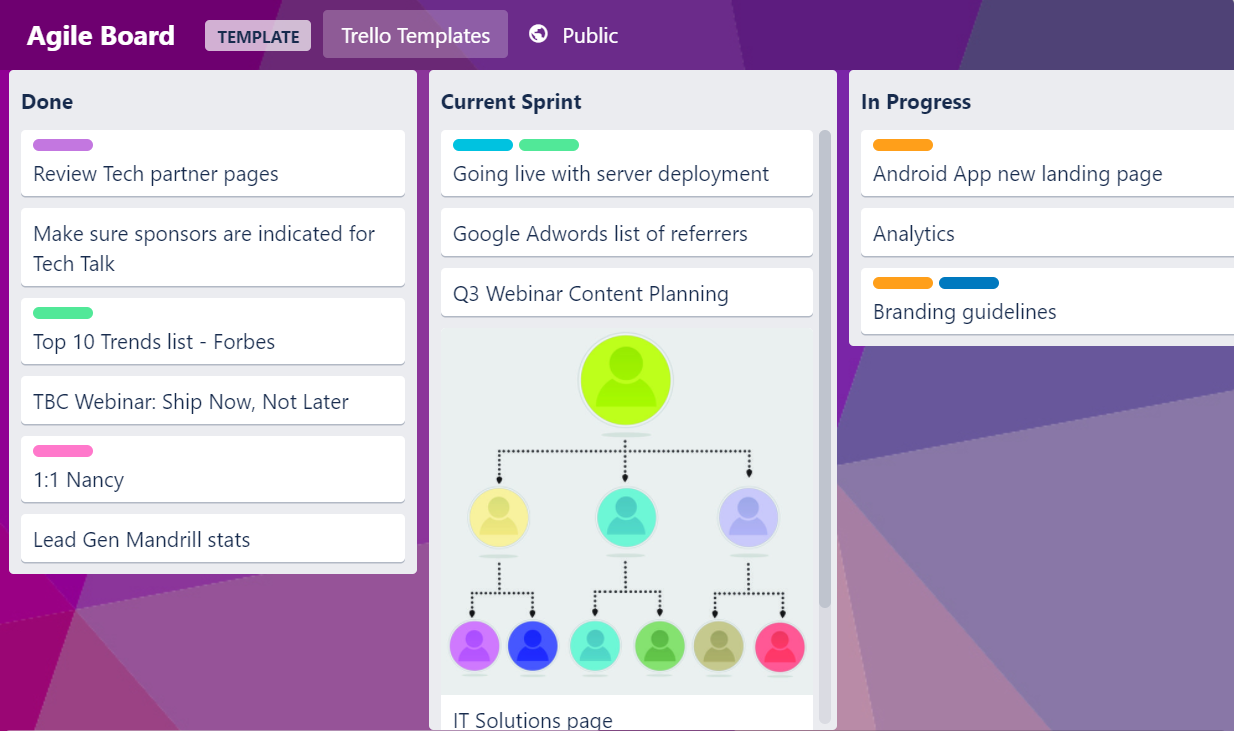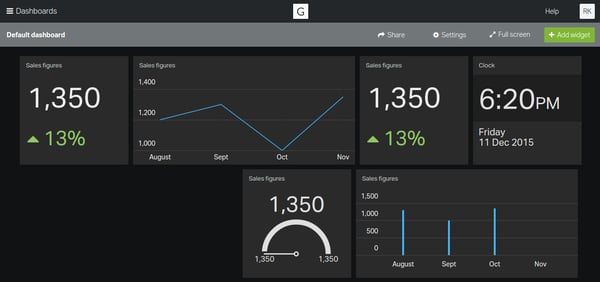With remote work on the rise, team members are increasingly based in different locations. Armed with laptops, Wi-Fi, and mobile phones, most professionals can do their jobs from anywhere.
IBM reports that three-quarters of the workforce would like to continue to work remotely on some level when returning to normal operations. With this in mind, it's become crucial to figure out which project management tool is best for your company as a whole.
Jira and Trello are two well-known project management tools often pitched against one another. Atlassian acquired Trello in 2017, so both are now supplied by the same company. But does that mean they're the same thing? Probably not. Let's dive into some detail.
To get the ball rolling, here are some definitions of the tools.
What is Jira?
Jira Software is part of a family of products designed by Atlassian to help teams manage their workload. It was originally designed for bug and issue tracking related to software and mobile apps.
Over the years, Jira has evolved into a powerful project management tool. It now works for all kinds of use cases, such as requirements and test case management, agile software development, content management and marketing.
![]()
Source: Atlassian
Popular features include:
- Roadmapping (Gantt chart)
- Mass integration capabilities
- Robust set of APIs
- Combination of scrum and kanban approach
- Reporting dashboards

Roadmapping example. Source: Atlassian
What is Trello?
Trello refers to itself as: 'a collaboration tool that organizes your projects into boards. In one glance, Trello tells you what's being worked on, who's working on what, and where something is in a process.'

The tool prioritizes lightweight functionality and accessibility over a broad feature set. Trello’s initial use case has been for smaller teams or personal use.
Popular features include:
- Detailed and quick overviews of cards
- Easy, drag-and-drop editing
- Organization with labeling, tags, and comments
- Progress meter checklist
What's the difference?
Jira's strengths lie in its ability to adapt to any type of process. That’s why it has expanded its usability to suit all types of teams - not just those made up of developers. Trello, on the other hand, has built a great reputation and loyal following for its intuitiveness, ease-of-use and simplicity in handling project tasks.
|
Feature |
Jira |
Trello |
|
Freemium plan |
❌ |
✔️ |
|
Cloud hosting |
✔️ |
✔️ |
|
On-premise hosting |
✔️ |
❌ |
|
Android |
✔️ |
✔️ |
|
IOS |
✔️ |
✔️ |
|
Time tracking |
✔️ |
❌ |
|
Issue tracking |
✔️ |
❌ |
|
Reporting |
✔️ |
❌ |
|
Task management |
✔️ |
✔️ |
|
Document management |
✔️ |
✔️ |
Which one should you use to project manage your team?
If you’ve got a dev team that needs comprehensive, adjustable project management with project metrics, tracking and reporting, Jira is probably the best option. Its ability to handle large-scale projects and teams makes it a better fit than Trello.
If you just want an easy-to-use project and task management tool for your small company, freelancing or a smaller scale project, Trello is the platform for you. In fact, Trello has even become a go-to software solution for busy families to manage their activities.
And, if you want to switch from Trello to Jira as your projects and teams grow - but are worried less tech-savvy employees will panic - you have the option to keep some of the team on Trello and integrate the two to work side-by-side.
The truth is, there will never be a perfect project management software for everyone. With integrations and some compromise, though, you will find something that suits your team's needs.
At the end of the day, it will come down to the detail you require and the size of the team/project you're managing. Need help deciding? At OnPath, we provide a tool consultation service to figure out what's best for you and your team. Talk to us today.





